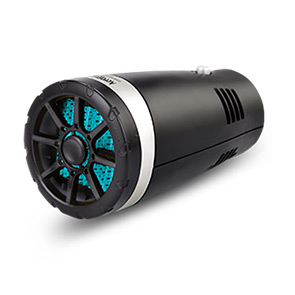Understanding the Function and Maintenance of Carburetor Cables in Vehicles
Understanding the Carburetor Cable Its Importance and Functionality in Automotive Engineering
In the intricate world of automotive engineering, many components work harmoniously to ensure that vehicles operate smoothly and efficiently. Among these components, the carburetor cable plays a crucial yet often overlooked role. This article will delve into the significance of the carburetor cable, its functionalities, potential issues, and maintenance tips for vehicle owners and enthusiasts alike.
What is a Carburetor Cable?
The carburetor cable is essentially a mechanical linkage that connects the accelerator pedal to the carburetor in a vehicle that relies on a carburetor for fuel delivery. It serves as the means by which the driver's input—pressing the accelerator pedal—regulates the fuel-air mixture that enters the engine. This mixture is critical for the engine's performance, particularly in terms of acceleration and efficiency.
How the Carburetor Cable Works
When the driver presses down on the accelerator pedal, the carburetor cable is activated, pulling on a lever or arm on the carburetor itself. This action opens the throttle valves within the carburetor, allowing more air and fuel to enter the engine. The amount of pressure exerted on the pedal determines how wide the throttle opens, directly influencing the engine's power output and speed.
In simpler terms, the carburetor cable acts as a conduit for the driver's commands, converting human input into the mechanical action required to adjust the carburetor's fuel-air mixture. This straightforward mechanism plays a pivotal role in the vehicle's responsiveness and overall driving experience.
Common Issues with Carburetor Cables
Like any mechanical part, the carburetor cable can experience wear and tear over time, leading to several common issues. One of the most prevalent problems is the cable stretching or fraying, which can result in delayed throttle response or, in more severe cases, throttle sticking. A stuck throttle can lead to sudden acceleration, posing significant safety risks while driving.
Another issue can arise from the cable becoming rusted or corroded, especially in regions with high humidity or where road salt is commonly used. Corrosion can create friction, impeding the smooth operation of the cable and leading to performance issues.
carburetor cable

Additionally, improper installation or adjustments during maintenance can cause misalignment or excessive tension on the cable. These problems can be detrimental, resulting in inconsistent throttle response or complete failure of the cable.
Maintenance Tips for Carburetor Cables
Maintaining the carburetor cable is essential for ensuring a reliable and safe driving experience. Here are some tips for vehicle owners to keep in mind
1. Regular Inspection Periodically check the condition of the carburetor cable. Look for signs of wear, fraying, or corrosion. If any damage is noted, it may be time for a replacement.
2. Lubrication Ensure that the cable is properly lubricated. A well-lubricated cable will minimize friction and wear, helping maintain its responsiveness.
3. Check the Alignment During routine maintenance, verify that the cable is correctly aligned and has the right amount of tension. Misalignment can cause uneven wear and hinder performance.
4. Replacement If you notice severe wear or damage, it's vital to replace the carburetor cable promptly. Continuing to use a damaged cable can lead to further complications and safety hazards.
5. Consult Professionals If you're unsure about the maintenance or replacement of your carburetor cable, it's always a good idea to seek professional help. Experienced mechanics can diagnose potential issues and recommend solutions.
Conclusion
The carburetor cable might not be the most glamorous component in an automobile, but its role is unquestionably vital. By translating the driver's intent into mechanical action, it plays a significant part in the vehicle’s performance and driveability. Understanding its function and how to care for it can help vehicle owners maintain optimal performance and, most importantly, ensure their safety on the road. Regular checks and maintenance can protect against potential issues, ultimately leading to a smoother and more enjoyable driving experience.
-
Upgrade Your Vehicle with High-Quality Handbrake CablesNewsNov.01,2024
-
Optimize Your Bike's Performance with Quality CablesNewsNov.01,2024
-
Enhance Your Vehicle's Performance with Quality Clutch ComponentsNewsNov.01,2024
-
Elevate Your Vehicle's Performance with Quality Throttle CablesNewsNov.01,2024
-
Elevate Your Vehicle's Performance with Quality CablesNewsNov.01,2024
-
Affordable Solutions for Your Cable NeedsNewsNov.01,2024
